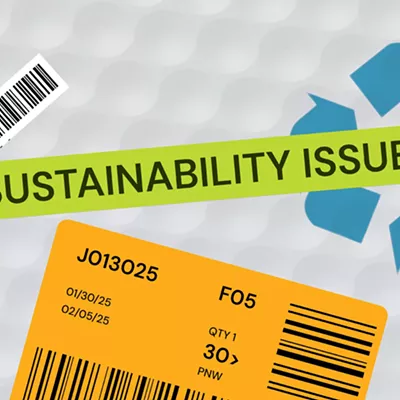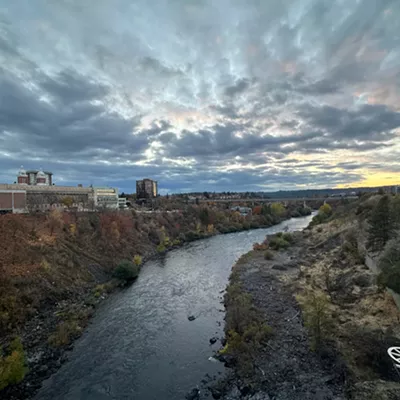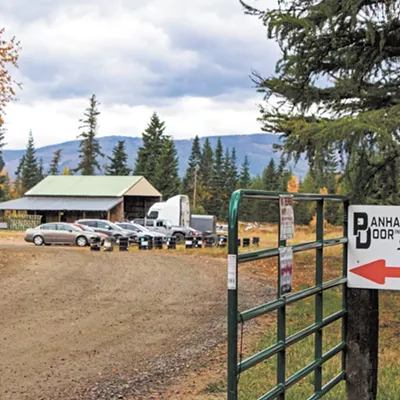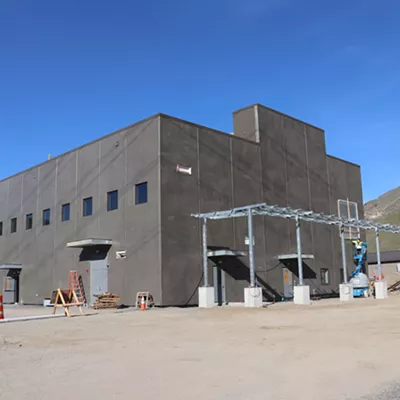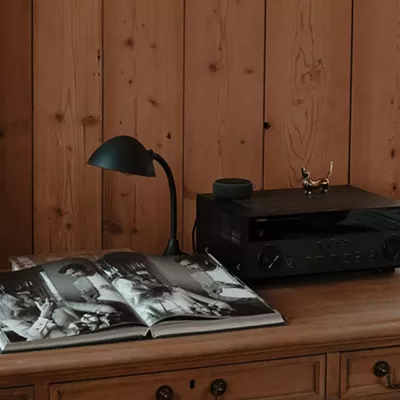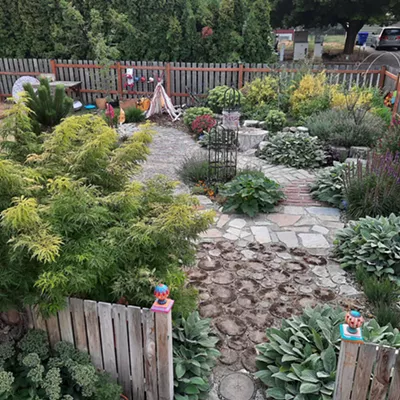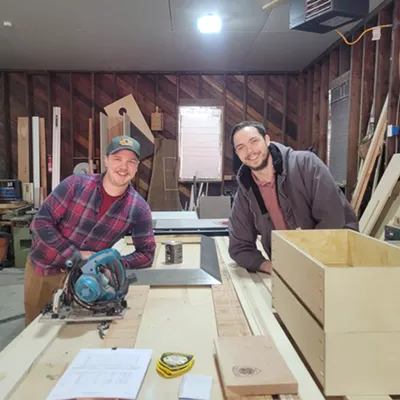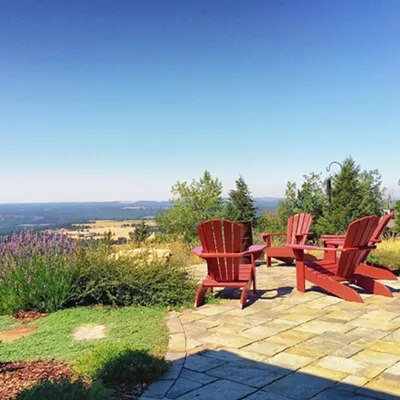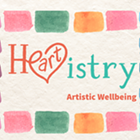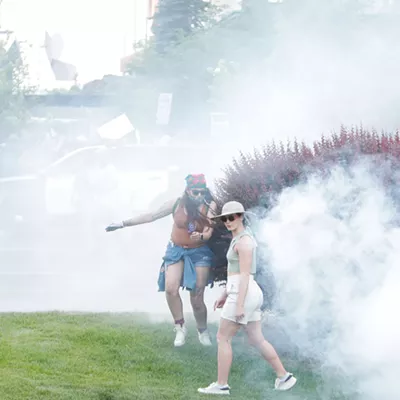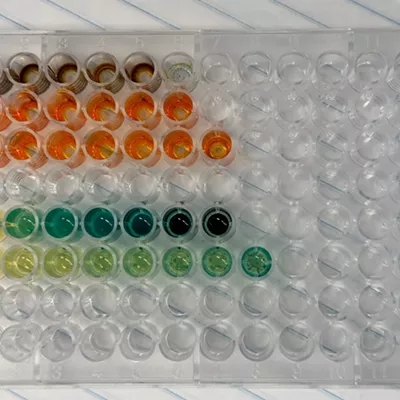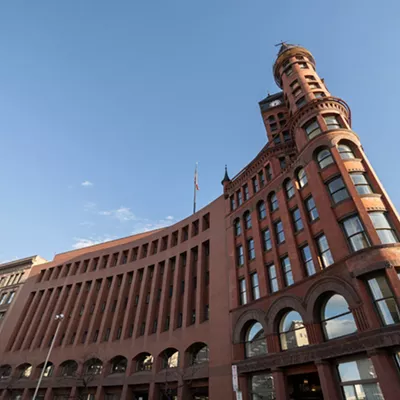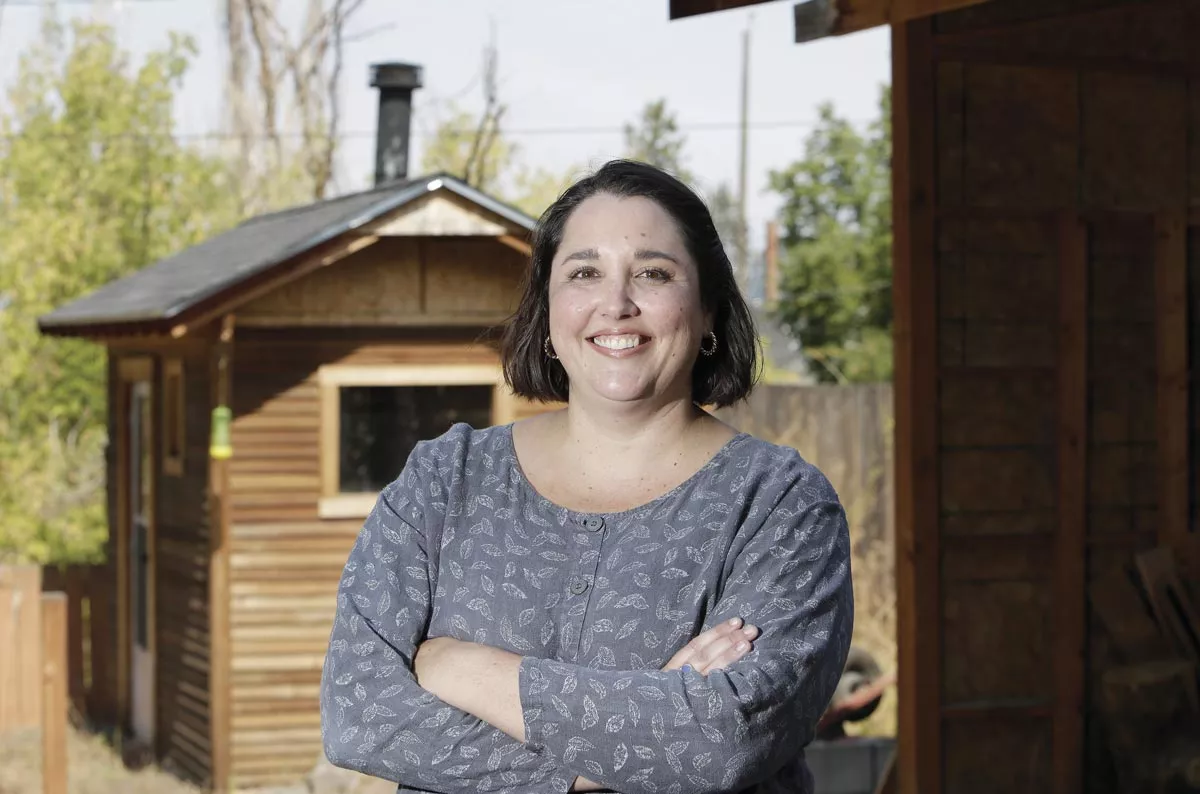
A
manda Parrish relocated to the Inland Northwest the day after graduating from the University of San Francisco in 2008. A job with the Coeur d'Alene Tribe in Worley, Idaho, brought her to do conservation work.Though she found herself a long way from home, the work was close to her heart. As a high schooler, she'd worked in a botanical garden in her hometown outside San Diego and she fondly recalls spending weekends out exploring the lagoons and tidepools in that area. At USF, she pursued an environmental science degree and had the chance to study comparative ecology and conservation for six months in Ecuador. It was an opportunity that has proved pivotal in her career.
When she arrived at the Lands Council, work was underway to relocate nuisance beavers to areas where their ingenuity would be better appreciated and needed.
"Beavers, through the dam building that they do to create their own habitat, are creating habitat for a number of other species," says Parrish. "It's keeping water on our landscape longer, it's creating wetlands, which act as a water filtration area. Beaver dams are also sources of wildfire breaks."
In that early Lands Council role — "my parents loved that my business card said 'Beaver Program Director' for a while" — Parrish would literally take her work home with her sometimes.
"Our first beaver holding facility was in my backyard in the Perry District," she says.
Beaver families would wait in an enclosure in her backyard before getting relocated to other areas like the Colville National Forest.
N
ow as executive director, Parrish still takes her work home with her. One of the Lands Council's latest projects is testing how biochar can be fine-tuned to work in the Inland Northwest."Biochar is enhanced compost — it's organic material burned at a high temperature in the absence of oxygen," Parrish says. "It's great for restoration, and it's used in agriculture because it adds a lot of organic material to agricultural fields."
But one of the tricks is figuring out how to make biochar from Eastern Washington biological material that includes pine needles that create a lot of smoke, which can release the very same greenhouse gases that biochar is intended to sequester.
"If we want to have biochar sequestering carbon, there needs to be a low smoke point," Parrish says. "If it adds to another problem like atmospheric carbon or air quality, it's not a helpful solution."
So, in August, Parrish picked up and installed biochar kilns in her own backyard that will be used for further experimentation as the Lands Council continues looking at the problem.
Parrish notes that many of the Lands Council programs start by diving in to address an issue directly and through that process help illuminate barriers to progress. For example, through the beaver program, Parrish says the council was able to take what was initially just a Washington Fish and Wildlife program to relocate animals that were bothering property owners, and help pass a state law to use those relocated beavers as agents of restoration.
I
n another project, the council is partnering with the city of Spokane to plant neighborhood trees at properties with homeowners and tenants who are willing to help water those new plants as part of the SpoCanopy project. This fall the Logan Neighborhood will see 160 new trees planted, and West Central has also benefited from the program, she says."Just as in so many communities around the country, here in Spokane low-income neighborhoods and neighborhoods that were traditionally redlined are not so coincidentally lacking in tree cover," Parrish says. "That has environmental justice implications, and it means increased utility bills in the summer because you have no shade to cool your house."
Plants also figure prominently in Parrish's other role as the owner of Parrish and Grove floral and plant store in downtown Spokane, where she continues to rely on her college experiences. During the time she spent in the Galapagos Islands and Amazon rainforest, "I learned tropical botany," Parrish says. "It really solidified my desire to work in conservation, and comes in handy owning a plant store, because most house plants are actually tropical plants."
Similarly, her college experience informs her work at the Lands Council. While in Ecuador she heard from grassroots organizers working on water conservation in the Cloud forests north of Quito, and from scientists working with tribes in the Amazon rainforest as they fought to protect their land from large petroleum interests. Their perseverance working on complex conservation issues was inspiring.
"Being exposed to the variety of ways that communities come together to tackle these complex problems was certainly really eye opening," Parrish says. "It's often reassuring and can help build your resolve to do the right thing."
On Saturday, Oct. 23, the Lands Council will host its annual Reforest Spokane Day, when volunteers will plant thousands of trees in a single day at Palisades Park. Learn more at landscouncil.org.



